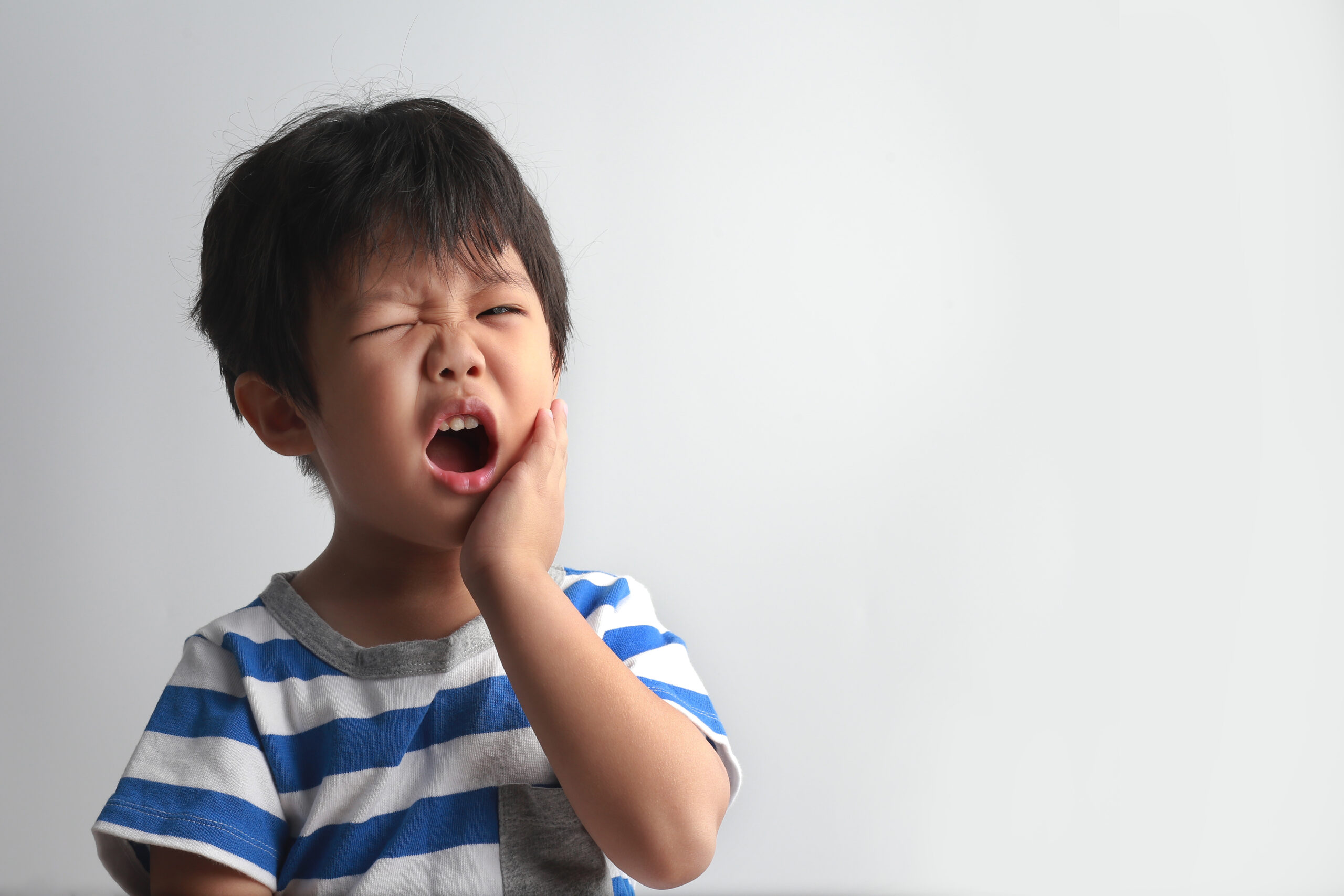With a proactive anti-bullying game plan in place, your kids will be able to stand up for themselves against any bully.
Emily Foote was first bullied when she was just 8 years old. By the time she turned 10, the taunting had gotten out of control. “I went to a homeschool group where the other kids were homeschooled, but I was cyber-schooled, and I think that created a gap,” she recalls. “The girls would exclude me, and one boy told another boy he’d pay him $500 if he’d kill me.”
Five Signs That a Child Might Be Involved in Social Bullying
Since social bullying is often subtle and hard to detect, educators and parents can look for these warning signs to determine if social bullying is happening in their classroom or within their child’s group of friends:
1. Spreading of rumors and gossip. Malicious gossip can spread very quickly. Even if untrue, it can destroy a child’s reputation and make it very hard for him to gain social acceptance.
2. Deliberate exclusion or shunning. Girls excluding other girls from social activities or forming cliques to intentionally reject or isolate former friends is a powerful and common method of social bullying.
3. Verbal taunting or harassment. Taunting, as distinct from teasing, is meant to hurt or belittle, and it establishes an imbalance of power. Name-calling, rude jokes and calling attention to physical or social shortcomings all can chip away at a child’s self-esteem, cause embarrassment and escalate to other forms of bullying.
4. Hostile expressions or body language. Staring aggressively, making faces or derogatory gestures and taking hostile stances are subtle yet effective ways to intimidate, alienate or reject others without making it obvious to teachers.
5. Abusive emails or phone calls. Access to computers and phones allows social bullying to continue after school hours and off school grounds. This lack of escape causes further anxiety for the victim and may result in self-exclusion from social activities.
Now 15, the Wyomissing, PA advocate speaks to classes and groups about her experiences being bullied, hoping to spare others the pain she endured. She’s not alone. The latest data from the Centers for Disease Control and Prevention states that in 2011, 20.1 percent of 9th to 12th graders reported being bullied on school property and 16.2 percent reported being bullied digitally. The prevalence was higher among girls than boys.
To get through her difficult times, Foote depended on her parents’ support and guidance. Jackie Humans, author of 15 Ways to Zap a Bully, agrees that’s a smart tactic — so much so that she urges parents to become “bully coaches” and teach their children to solve bullying problems socially. Here’s the game plan.
To prevent bullying:
Play to a strategy. Have your child brainstorm ways to stand her ground. “When kids come up with their own ideas for deflating bullies, they’re not only more likely to remember them, they’re more likely to implement them, too,” says Humans. Role-play the parts of bully and victim to help spark ideas.
Team up. “Parents should help their child find a friend, if not at school then through an extracurricular activity,” says Humans. “All kids need one good friend — that makes them stronger emotionally and less apt to take bullying to heart.”
Don't hit a foul. Dr. Ken Druck, author of How to Talk to Your Kids About School Violence, advises bullied children not to set themselves up for more trouble. “Don’t meet anger with anger; hurting or provoking others invites a similar response,” he says. “Treat others with respect, and chances are they will respect you.”
Five Ways to Discourage Kids from Bullying
Concerned that your child may be bullying others? These tips can help you discourage physical and social aggression in the wake of an incident.
1. Get the facts. If the child won’t tell you about his behavior, talk to other parents and teachers. If necessary, talk to the victim, the victim’s parents and any bystanders or witnesses.
2. The bully should apologize to the victim and undo any damage, if possible. For example, if the child has stolen or damaged another child’s belongings, she should replace or return the items. This way, the bully will learn that there are consequences for her behavior.
3. Help the young person understand that physical, verbal, social and/or emotional abuse of another person is never acceptable and will not be tolerated. Ask the bully to put himself in the shoes of the victim.
4. If the young person hangs out with other bullies, separate her from that group. Drive her to and from school (to avoid “hanging” time) and involve her in constructive, challenging after-school activities.
5. Let the child talk about any fears and insecurities that might be causing his bullying behavior. Make an action plan to address those problems, such as going for counseling or taking an anger management or antibullying class.
The beginning of a school year is a particularly stressful time for many children, and, unfortunately, this often leads to bullying or other ways of acting out. During this period, it is especially important for parents and teachers to be patient and consistently reinforce the message that bullying of any type is unacceptable. A school year with fewer incidents of social and physical bullying can be achieved only with the cooperation of students, teachers and parents.
Man your position. When faced with a bullying situation, encourage your child to stay calm and not play the victim by using hurt words or negative body language. Instead, he should stand strong, square up and say “Watch it,” no slumping or downcast eyes. “Don’t give the bully an upset reaction, because that’s what makes it fun for him,” Humans says. “Kids need to get away from the blow, not let it land. Yawn and look like you’re bored; don’t give the bully the reaction he wants.
Stay in the zone. Adopt the old mantra “sticks and stones.” Learning to tune out name-calling can help kids remain unswayed by those trying to get under their skin. “The people who bully you are just looking for any way to pull you down,” says Foote. “They don’t always say things that are true; sometimes they just make up things. If you don’t listen to what they say, they don’t have anything over you.”
When to report bullying:
Call the ref. Report the situation when bullying gets physical — hitting, spitting, punching, kicking — or when sustained bullying becomes untenable. Humans suggests having your child record the “five W’s” — who, what, when, where and witnesses — in a journal every time she’s bullied. “After two or three instances, you can go to an authority at school,” she says. Expect your teacher, guidance counselor or principal to take the bullying seriously, as mandated by state policies. “The rules are very clear and strict,” insists Diane Young, principal at Voorhees Middle School in Voorhees, NJ. “The intention of the law is not just to offer consequences to the bully but also to create an environment in which we’re teaching kids how to be respectful of one another.”
Terri Akman is a contributing writer to MetroKids.






